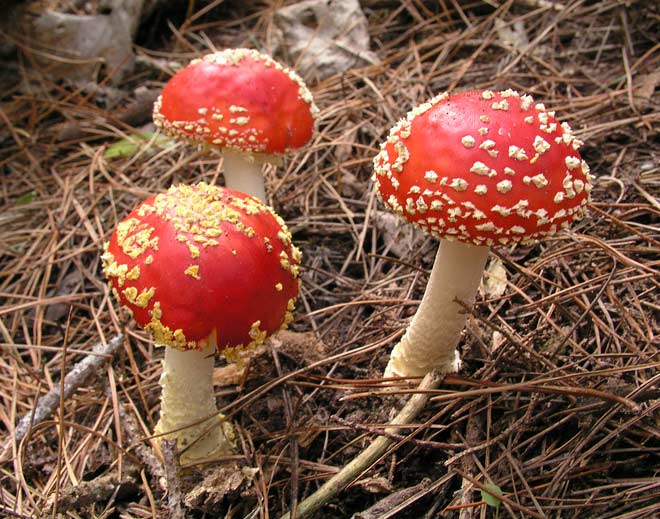Los Angeles: Researchers have discovered a communication network in plants which helps them respond to a hormone involved in pest resistance, a finding that may help develop crops that can withstand insect attack.
The study, published in the journal Nature Plants, noted that the hormone called jasmonic acid is particularly important for a plant’s defense response against fungi and insects.
“This research gives us a really detailed picture of how this hormone, jasmonic acid, acts at many different levels,” said Joseph Ecker, study co-author from Howard Hughes Medical Institute in the US.
“It enables us to understand how environmental information and developmental information is processed, and how it ensures proper growth and development,” Ecker said.
In the study, the scientists used the plant Arabidopsis thaliana — a widely studied small flowering plant in the mustard family — whose genome has been well characterised.
The researchers said the findings from studying A. thaliana can be applied to other plants, including those grown for food.
They added that jasmonic acid is found not only in A. thaliana, but throughout the plant kingdom.
“We wanted to precisely understand what happens after jasmonic acid is perceived by the plant. Which genes are activated and deactivated, which proteins are produced, and which factors are in control of these well-orchestrated cellular processes,” said study co-author Mark Zander from Howard Hughes Medical Institute.
The researchers started with plant seeds grown in petri dishes, and kept the seeds in the dark for three days to mimic the first few days of its life, when it is still underground.
“We know this growth stage is super important,” said Mathew Lewsey, another co-author of the study from La Trobe University in Australia.
The study noted that the first few days in the soil are a challenging time for seedlings, as they face attacks from insects and fungi.
“If your seeds don’t germinate and successfully emerge from the soil, then you will have no crop,” Lewsey added.
After three days, the plants were exposed to jasmonic acid, following which the researchers extracted the DNA and proteins from the plant cells, and estimated the exact location in the genome where these molecules regulated cell function.
Using various computational approaches, the team could identify genes important for the plant’s response to jasmonic acid, and for the cellular cross-communication with other plant hormone pathways, the study said.
According to the scientists, the genes MYC2 and MYC3 rose to the top in their degree of importance across the system.
They said the two genes are involved in producing proteins that regulate the activity of thousands of other genes.
“In the past, the MYC genes and other transcription factors have been studied in a very linear fashion,” Lewsey said.
“Scientists look at how one gene is connected to the next gene, and the next one, and so on,” Zander added.
According to him, this method is inherently slow since there are a lot of genes and lots of connections.
“What we’ve done here is to create a framework by which we can analyse many genes at once,” Zander explained.
He said by assessing these gene networks and subnetworks, scientists can understand the architecture of the whole plant hormone system.
“We now have this very comprehensive picture of which genes are turned on and off during a plant’s defense response,” Zander said.
“With the availability of CRISPR gene editing, these kinds of details can be useful for breeding crops that are able to better withstand attacks from pests,” he added.
PTI

